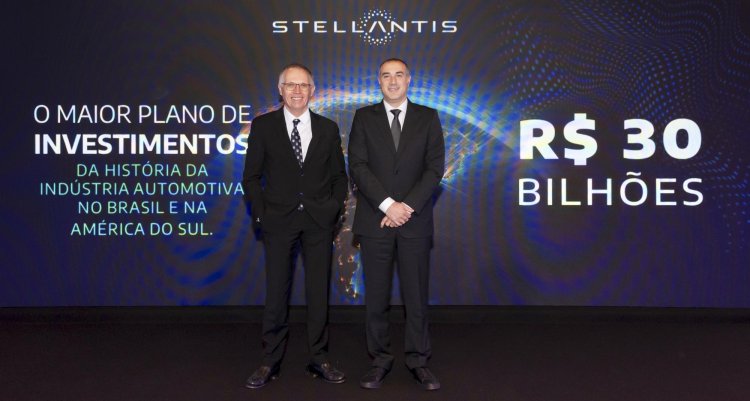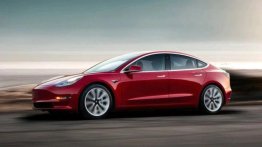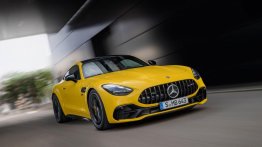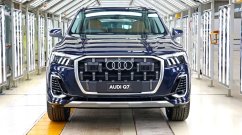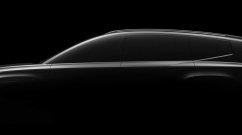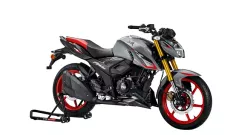Stellantis has announced a record investment plan for the South American region totaling €5.6 billion (R$30 billion) from 2025 to 2030, making it the largest investment in the history of the Brazilian and South American automotive industry. The planned investments will support the launch of more than 40 new products during the period as well as the development of new Bio-Hybrid technologies, innovative decarbonization technologies across the automotive supply chain, and strategic new business opportunities.
The investment from Stellantis reinforces its leadership in the region, strengthens the development of the local industry, and accelerates its achievement of the Dare Forward 2030 long-term strategic plan as the region maintains its leadership in offering clean, safe and affordable mobility in Brazil and South America.
As part of its Dare Forward 2030 strategic plan, Stellantis is investing more than €50 billion in electrification over the next decade and is on track to become a carbon net zero corporation by 2038, all scopes included, with single-digit percentage compensation of remaining emissions. South America plays a leading role in the “third engine” – the aggregation of the South America, Middle East & Africa and China and India & Asia Pacific segments – and is a thriving contributor to growing Stellantis’ revenue targets outside North America and Europe.
Stellantis is the leader in the three main markets in South America: Brazil, Argentina, and Chile. Last year, Stellantis total sales in the region surpassed 878,000 vehicles, with a 23.5% market share. The Company is the sales leader in Brazil with a 31.4% market share and maintains leadership in light commercial vehicle sales in South America, with a 28.6% market share. Fiat is the best-selling brand in Brazil and South America, and the Fiat Strada pickup is the best-selling vehicle in the country and the region.
With this investment, Stellantis will be increasingly prepared to design, develop, and produce modern cars in the region, while also expanding its business. In Argentina, for instance, the company acquired a 19.9% stake in Argentina Litio y Energía S.A., a significant step toward establishing a cluster of sustainable battery materials to meet the electrification goals outlined in its global plan.





